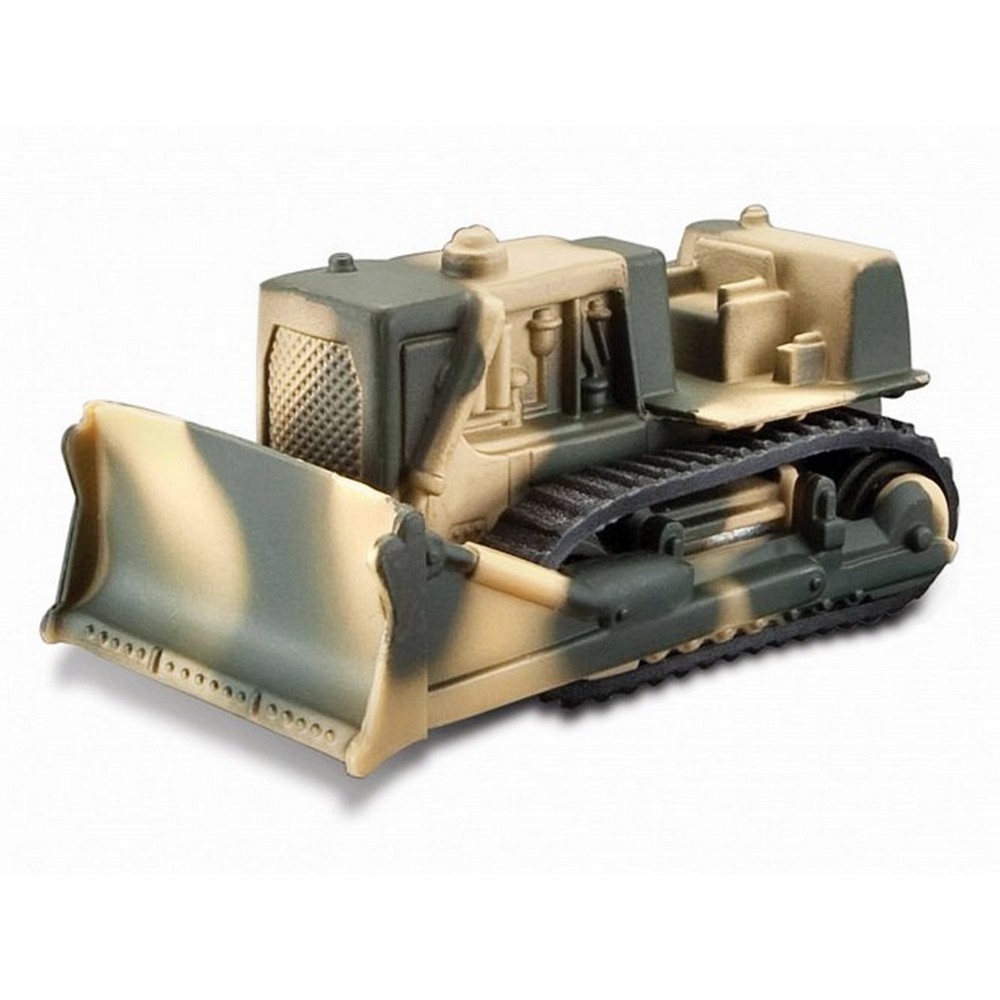

Centers for Disease Control and Prevention And small animals like ticks can take advantage of that charge to leap aboard.Ĭredit: U.S.


You don’t know it, but you’ve accidentally opened the door to a parasitic passenger.Īll animals carry some level of electric charge on the surface of their bodies, but mammals and birds are particularly affected, thanks to their fur or feathers. The fur covering your entire body constantly rubs up against the environment, passing electrons back and forth. You don’t know it, but you’ve picked up a pretty significant electric charge. The tall grasses and mountain shrubs are dry and scratchy, and they rub up against your fur as you patrol the forest. You’re a young deer in your first or second year. You’re in the thick of summer, always thirsty, always moving in search of food or water. It’s still dark but the first rays of sunshine are just now creeping over the mountains to the east. Ticks Use Static Charge to Hitchhike on Passing Animals While tractor beams are largely the stuff of science fiction (although that might be about to change) it turns out ticks use a similar strategy to beam themselves aboard passing host animals, according to a study published in the journal Current Biology. Fortunately for John, he ended up emerging near a living spacecraft called Moya, equipped with a device called a docking web, which guides incoming craft into the ship’s hangar. The plan, as we learned on Farscape (now streaming on Peacock!), was to whip around the planet a few times and come back home, but Crichton tripped into a wormhole and landed himself on the other side of the cosmos.Ĭoming in for a landing across interstellar distances is no easy feat, and it helps to have a little guidance coming into the finish line. Way back in the halcyon days of 1999, one brave astronaut named John Crichton (Ben Browder) strapped himself to an experimental spacecraft and launched himself into space.


 0 kommentar(er)
0 kommentar(er)
